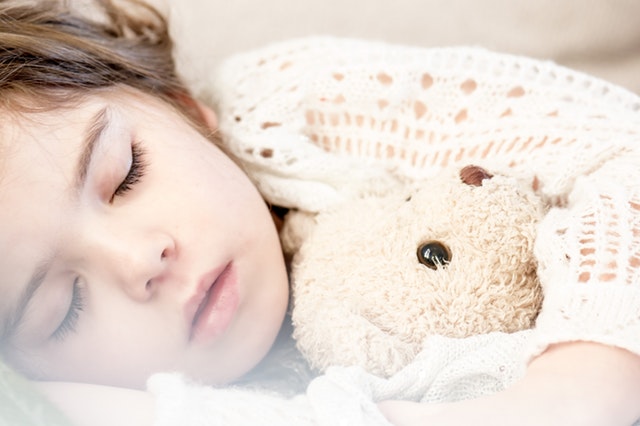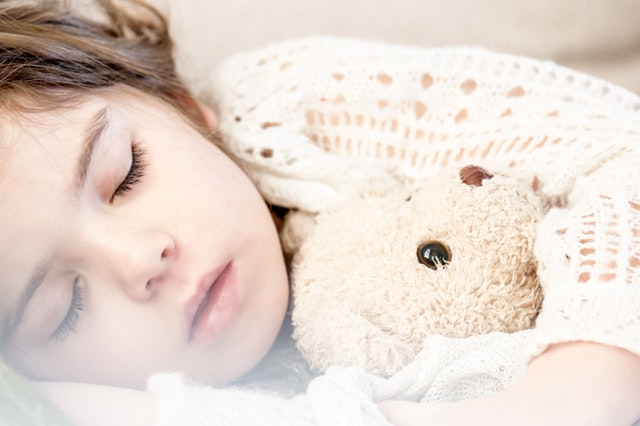Serena Williams recently helped to fund a $3 million investment, along with Mark Cuban and Arlan Hamilton’s ArlanWasHere Investments, to improve maternal health.
So how is Williams helping new mamas to stay healthy? Through a major investment (via Serena Ventures) in the health tech company Mahmee!
photo: Dw-lifestylefotografie via Pixabay
Founded by Melissa Hanna, Sunny Walia and registered OB nurse/International Board Certified Lactation Consultant, Linda Hanna, Mahmee is a digital platform for new moms. The site uses a HIPAA-secure dashboard to help new mamas connect to medical providers—including lactation consultants, midwives and other professionals. It also monitors the mothers and their babies through “maternity coaches” and alerts doctors of potential concerns.
Co-founder and Mahmee CEO, Melissa Hanna, said in a press release, “In the maternity healthcare process, on the surface there are generally three or four people involved: the mother, the baby, and each of their physicians. What we don’t see are the many other people helping them: nurses, lactation consultants, midwives, nutritionists, therapists, doulas, home health aids, social workers and more.”
Mahmee co-founder Linda Hanna added, “We work as an extension of the care team. In doing that, we help providers listen to mothers, better understand their needs, and stay one step ahead of medical crises.”
As of now Mahmee has more than 1,000 organizations in its network. This includes Cedars-Sinai Medical Center, AltaMed, Children’s Hospital Los Angeles, UCLA and other well-known, and well-trusted providers.
—Erica Loop
RELATED STORIES
Serena Williams’ Daughter Olympia Is Her Mini Me—In a Tutu
This Little Girl’s Reaction to Meeting Serena Williams is Everything
Serena Williams & Other Moms Share Parenting Moments with #ThisMama











